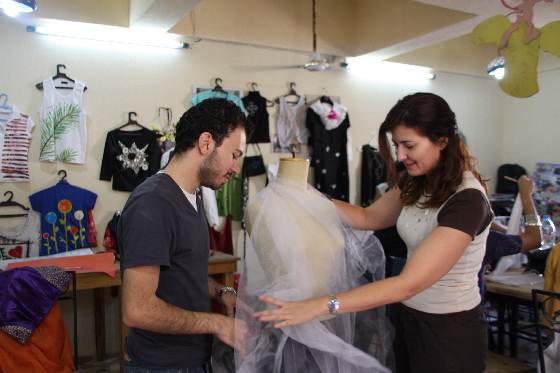
At a workshop in Cairo, Spanish fashion artist Ana Seco teaches students how to incorporate “garbage” into their designs. Reluctant at first, they soon eclipsed their teacher by introducing materials she had never even thought of.
Ana Seco’s resume reaches far and wide. Her Bachelor of Fine Arts is buttressed with numerous diplomas and courses related to art and fashion. Originally from Spain, she lived and worked in New York for five years and now spreads her knowledge as far afield as Viet Nam, Turkey, Ethiopia, and Egypt.
She issued the very first fashion diplomas to Ethiopian designers and recently finished a workshop in Cairo, where she introduced eco-fashion methods and materials (“garbage”) to a surprised group of now-converted Egyptian designers. In this interview, she describes why she travels so much, as well as challenges and successes she has confronted throughout.
Ana, you are originally from Spain. How did you become interested in the Middle East?
“I started traveling after graduating from university, and I think that since then, the longest period I have been steady in a place is eight years which seemed to me really long. The reason for my traveling now, is actually my husband; I started travelling with him four years ago, and his work has taken us to places such as Vietnam, Turkey and Cairo.”
You have a background in graphic design as well as fashion; how and why did you make the switch?
“Actually my education is in fine arts, on the specialty of painting, and I have never switched since I have been developing the two careers in parallel. You know, in the 18th century, fashion and art were both considered as art, and as artists and designer, both fields complement each other, in my case perfectly.
Inspiration and imagination can be used in so many ways and artists can pour them in so many fields. The only thing that must be really worked at, and that I think is a quality that many artists don’t have, and that I learned during my years in New York, is organization, and reliability. Without those two, it is quite difficult to succeed I think in any field. ”
You studied at the Fashion Institute of Technology in New York. Is that where you became interested in eco-fashion, or is this something you’ve always been interested in?
“When I studied in NY, the eco awareness did not exist yet.
But since my beginnings in fashion, before moving to NY, back in 1990 I was already creating some sort of eco-fashion. You know, I lived for many years with my grandmother, and she has been through two world wars and the Spanish civil war. She was a real master on saving and reusing things.
I think I got it from her, because my first accessories collection was done with pieces of glass found on the beach. In those days I had just finished at the university and did not have much money to buy materials. So there you go, my beginnings.”
 You recently led a workshop at the Darb 1718 art gallery in Cairo. How did that opportunity arise and did you experience any unique challenges?
You recently led a workshop at the Darb 1718 art gallery in Cairo. How did that opportunity arise and did you experience any unique challenges?
“The opportunity came through Mayada Said, one of Darb’s project managers and the Spanish Embassy in Cairo.
Together with Mayada we created a project and presented it to the Embassy where Ana Alonso, who is responsible for Spanish culture, was enthusiastic and fully supportive.
The biggest challenges came afterwards during the workshop itself, and putting together the big fashion show that took place at the gardens of Darb 1718 – mainly because of the lack of experience of the people involved.”
Where do you usually source your materials? Do you involve your students in that process?
“Well, the materials that we use are in everybody’s homes: empty plastic bottles of all kinds, cords, cables, food cans, plastic bags, metal findings. Everything can be used. There are really so many materials to use, that sometimes you have to limit yourself not to “mess” it up too much.
The students at the beginning were a bit reluctant, but towards the end, they understood the real meaning of what we were doing and brought many materials that I have not even thought of.”
And what kind of response do you get from your students and participants when you first suggest that you’ll be decorating shirts or making jewelry with, say, plastic?
“As I told you, they were bit shocked, since they thought we were just going to recycle garments, meaning renewing old clothing, which we also did, but through applying manipulations and other materials such as plastic, paper, metals, cables and so on.
For a couple of weeks they were somehow resisting, but I always brought them some examples of garments created on this way, and so many of them really jumped into it and spent lots of time researching and working at home with this concept.
Today, I am proud to say that they have created a fashion recycled line of accessories and clothing which will be on the market after Ramadan that is called “Jorda chick.” I think they will write it in Arabic and I am not even sure of the spelling in English.But they are working hard on the pieces and I wish them the best of luck. Even from here I am trying to coach them since it will be really great if they succeed.”
I understand that you are beginning a new project in Turkey. Can you tell us about that?
“I am afraid I cannot tell you anything right now, since for my husband’s work I am not sure how long will I be staying here at the moment. Things will clear out after September and then I can start …
But I can tell you to be on the lookout for a new fashion show in Cairo: it’s the outcome of a workshop imparted at Townhouse gallery and the students are preparing their collections right now. It is not recycled fashion, although I can’t help pushing them in this direction, if only a bit.”
Since you began working disadvantaged communities and spreading your eco-fashion goodness, have you noticed any changes or trends?
“Well, its hard to see a movement in society just yet, but I can tell you that many of the people attending the fashion show have grown a much bigger awareness of what can be done with “garbage;” many of the reporters who interviewed me were really impressed with the outcome and the designs.
And one of my students was just selected as a finalist out of 200 applicants for a Spanish fashion competition, with a collection done with recycled materials. She will be granted the money to create her collection, and she will travel to Spain for the final fashion show and award ceremony. I guess at least for this it was worth all the effort.”
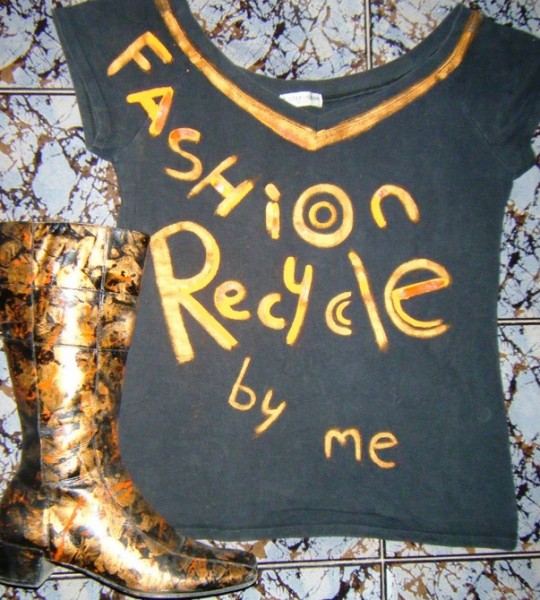
Finally, can you describe your goals and vision for Green Prophet readers?
“My main goal when creating and directing this project was really to awaken the Egyptian society to the concept of recycling and environment.
As I travel through the world, I go around getting involved on several different projects related to art and fashion. Environment and recycling are always a priority in my life, not only my work, and so I try to include this on my teachings and projects.
My idea is that if I can change the attitude of just a handful of people, I am already successful.”
::Ana Seco
More Eco-Fashion Stories:
“Thirsty for Change” Fashion Show Raises Awareness About Israeli Water Conservation
Zolaykha Sherzad Resurrects Traditional Afghan Crafts Via Modern Fashion Design
Yael Uriely Shows Us That Good Things Come in Upcycled Shapes, Colors and Sizes

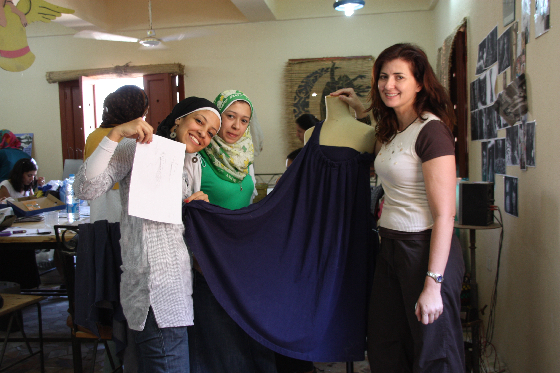
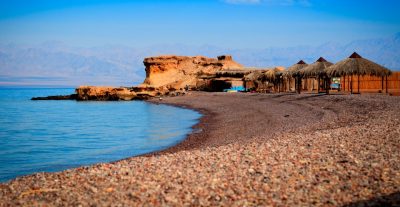
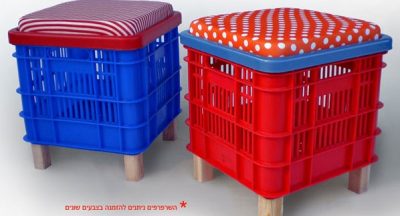
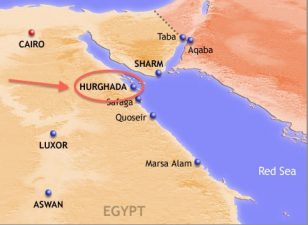
Really a wonderful technique that i saw, i would like to thank Ana for sharing her skill to people all over the world.